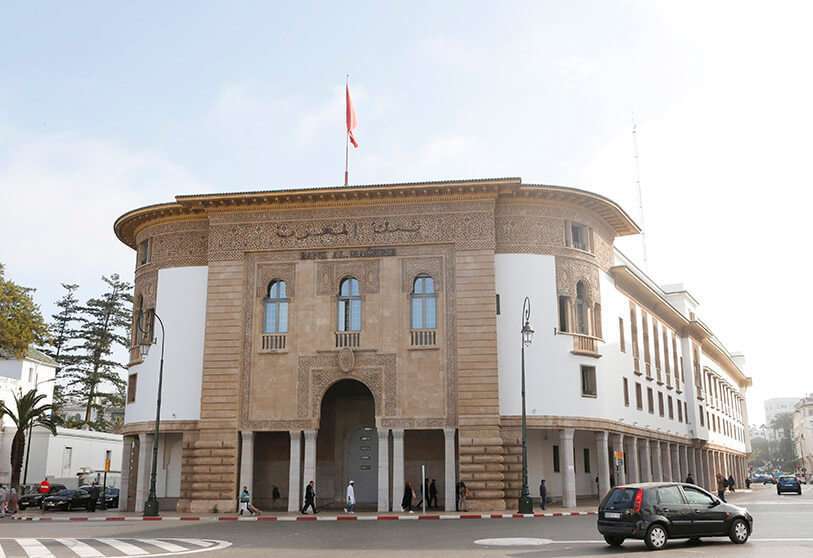Las razones por las que Marruecos bate récords en las remesas

Morocco closed 2021 with very good economic data despite the pandemic situation in the country. The last reports of the year affirmed a record in remittances sent to the Kingdom, with a considerable increase and representing the highest figure recorded in this sector of the economy, reaching a peak of 100 billion dirhams.
Experts analysing this trend said that never before had so much money been collected from these remittances from abroad. Entities such as Bank Al-Maghrib (BAM), in their reports, initially indicated that only Dh87 billion was expected to be collected, but it seems that they were wrong.
The competent authorities confirm a growth of 46.6 % compared to the previous year. They claim that during these two years, 2020 and 2021, the growth of this money has been influenced by the pandemic and the global situation with the coronavirus. In 2020, it was confirmed that the recorded remittances sent by Moroccans living abroad amounted to large amounts in solidarity with their families.
This was justified in 2020, but in 2021 things started to take a normal course and the country began to recover. Even so, this past year the trend has continued to rise, and Moroccans committed to their families have continued to send remittances.

"Moroccans are linked to their homeland in a metaphysical way, and cannot abandon it because it is in their hearts," said Abdallah Boussouf, secretary general of the Council of the Moroccan Community Abroad. "They are a very important fundamental value for Morocco," he added.
Moroccan institutions also say that Moroccans living abroad (MRE) have been saving for two years because they have not been able to return to Morocco due to the pandemic. Especially in the last months of 2021 when, due to the rapid spread of the Omicron variant, the Moroccan authorities decided to close the borders of the Kingdom so that no one could leave or enter, except in special cases of repatriation. BAM claims that this will result in a 9.2% drop in revenue.
In addition, other issues that could explain the increase in remittances could be investment in the Kingdom, or the absence of "unofficial" channels for transferring funds.

La Vie Éco, a Moroccan business daily, claims that 10 % of this money, or what it assumes to be 10 billion dirhams, has been earmarked for investment in real estate and productive sectors. The former has received 8 billion dirhams, while the latter has received 2 billion dirhams.
For its part, the World Bank has revealed the source of the money sent to the Alawi country. Although France and Spain have the largest Moroccan communities in the world, with 1.5 million and 850,000 citizens respectively, 14% of funds come from the United States, 12% from Saudi Arabia and 10% from France.
Remittances are one of the most important factors for the Moroccan economy, and despite problems such as the pandemic, they have managed to stay afloat. On the other hand, it should be noted that remittances are expensive, but this does not seem to have been a problem for the MREs. At the moment, payment rates are between 10 and 12%.

In any case, forecasts show that, for the next two years, transfers are set to decline. The published reports state that they will remain strong and that their fall will not be steep, but that they will be lower than usual. BAM announces that by 2022, a decline of 23% will be recorded, and it is estimated that around 73 billion dirhams will be collected. In 2023, the trend will be even lower, with a 21% drop in collection and just over 71 billion dirhams collected.








